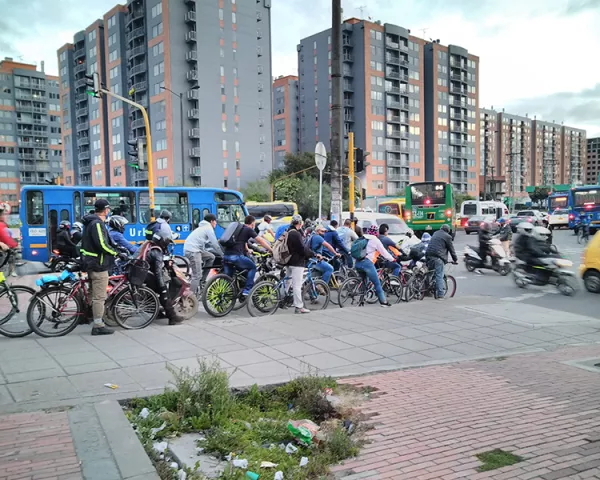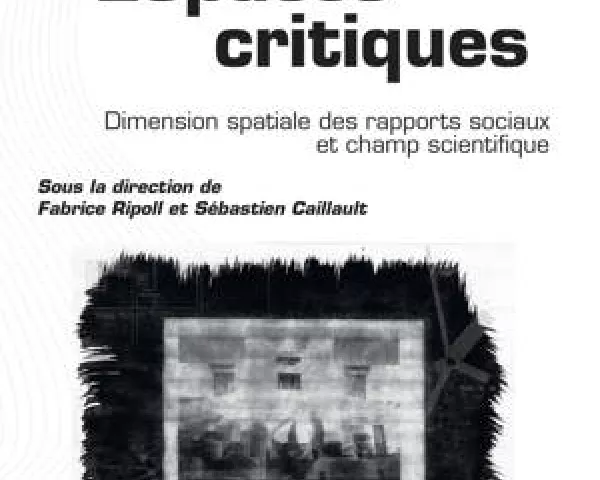What can analysis of Space-Time of Action tell us about medium-term changes in adults’ and children’s access to place of activity? The example of Bogotá

This article draws on the space-time prism as formalized in time-geography (Hägerstrand 1970) and on spatial analysis methods to examine medium-term changes to household members’ access to place of activity, against the backdrop of urban change. The analytical framework thus uses the concept of Space-Time of Action (Demoraes et al. 2020a), referring to the combination of all the places of work or study that individuals go to, and the time taken to reach them from home. The analysis is based on two surveys conducted in Bogotá (Colombia) in 1993 and 2009 to apprehend individuals’ spatial mobilities. Two groups at different stages in their life course and co-residing in the same households are studied: schoolchildren and working adults. First, Space-Times of Action are calculated and mapped using kernel outer rings delineating the concentration of destinations for the two groups and the nine survey zones at each date. Second, the statistical significance of the discrepancies between Space-Times of Action is assessed using a bivariate colocation test. The test indicates overall stability in children’s access to place of schooling, but a more contrasting situation for adults.
This article draws on the space-time prism as formalized in time-geography (Hägerstrand 1970) and on spatial analysis methods to examine medium-term changes to household members’ access to place of activity, against the backdrop of urban change. The analytical framework thus uses the concept of Space-Time of Action (Demoraes et al. 2020a), referring to the combination of all the places of work or study that individuals go to, and the time taken to reach them from home. The analysis is based on two surveys conducted in Bogotá (Colombia) in 1993 and 2009 to apprehend individuals’ spatial mobilities. Two groups at different stages in their life course and co-residing in the same households are studied: schoolchildren and working adults. First, Space-Times of Action are calculated and mapped using kernel outer rings delineating the concentration of destinations for the two groups and the nine survey zones at each date. Second, the statistical significance of the discrepancies between Space-Times of Action is assessed using a bivariate colocation test. The test indicates overall stability in children’s access to place of schooling, but a more contrasting situation for adults.












